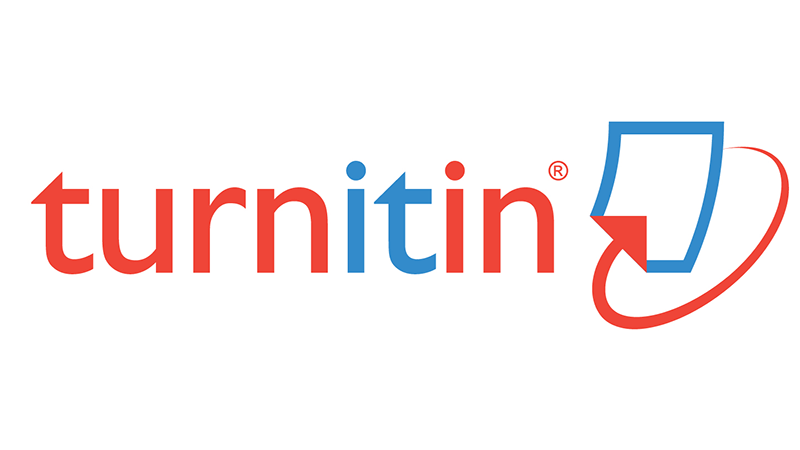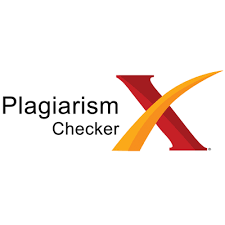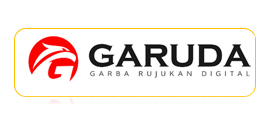PENGAJARAN BAHASA SUNDA DI PRIANGAN AWAL ABAD KE-20
Abstract
Teaching Sundanese in the Priangan area began to develop since the 19th century and reached its peak during the early 20th century. The rapid development of teaching Sundanese is inseparable from two main factors, namely the rapid growth of schools built by the Dutch since the 19th century. where Sundanese is the language of instruction there or at least becomes one of the languages taught. The second factor is the rapid publication of prints in Sundanese, both in the form of books and newspapers. Similarly, the first factor that the roots of this publication comes from the 19th century. The purpose of this research is to find out how the teaching of Sundanese took place rapidly in Priangan during the early 20th century. The data sources in this research are Sundanese language textbook during 20th century, Sundanese school textbook, books catalogs published in the Dutch East Indies, and literature about the history of Java. The development of teaching Sundanese at the beginning of the 20th century developed very rapidly. First, Sundanese has become the language of instruction in lower education, such as schools established by the Dutch, especially at Handap Schools or commonly known as Sundanese schools. At the advanced level, Sundanese has been present as one of the subjects at MULO. Likewise, at the school, OSVIA civil service candidates also apply Sundanese as one of their subjects. In the realm of printed culture, reading books and newspapers dominate the teaching of Sundanese. In terms of publishing books, Balai Poestaka played a very big role and had a dominant role in popularizing the use of Sundanese. These books include Gandasari, Roesdi djeung Misnem, Panjoengsi Basa, etc. Meanwhile, in the case of newspapers, the organs belonging to the Pasoendan Association such as Sipatahoenan played an important role in popularizing the use of Basa Sunda.
Pengajaran bahasa Sunda di kawasan Priangan mulai berkembang sejak abad ke-19 dan mencapai puncaknya selama kurun waktu awal abad- 20. Perkembangan pesat dari pengajaran bahasa Sunda ini tak lepas dua faktor utama yakni pesatnya pertumbuhan sekolah-sekolah yang dibangun Belanda sejak abad ke-19. Bahasa Sunda menjadi bahasa pengantar atau setidaknya menjadi salah satu bahasa yang diajarkan. Faktor kedua ialah pesatnya penerbitan cetak dalam bahasa Sunda baik berbentuk buku maupun surat kabar. Sama halnya dengan faktor yang pertama, akar dari penerbitan ini berasal dari abad ke-19. Tujuan dari penelitian ini adalah mengetahui bagaimana pangajaran bahasa Sunda berlangsung secara pesat di Priangan selama kurun waktu awal abad ke-20. Sumber data yang digunakan dalam penelitian ini adalah buku-buku pelajaran bahasa Sunda yang terbit pada awal abad ke-20, buku-buku pengajaran sekolah yang menggunakan Bahasa Sunda, buku katalog tentang buku-buku yang terbit di Hindia Belanda, dan literatur terkait dengan sejarah Jawa. Perkembangan pengajaran bahasa Sunda di awal abad ke-20 sangat berkembangan sangat pesat. Pertama, bahasa Sunda telah menjadi bahasa pengantar di pendidikan rendah seperti sekolah-sekolah yang didirikan Belanda terutama di Sekolah Handap atau biasa dikenal sebagai sekolah Sunda. Di jenjang lanjutan bahasa Sunda telah hadir sebagai salah satu mata pelajaran di MULO. Begitu juga di sekolah calon pamong praja OSVIA ikut menerapkan bahasa Sunda sebagai salah satu mata pelajaran mereka. Di ranah kebudayaan cetak buku-buku bacaan dan surat kabar mendominasi pengajaran bahasa sunda. Dalam hal penerbitan buku-buku Balai Poestaka sangat berperan besar dan memiliki peranan dominan dalam mempopuler penggunaan bahasa Sunda. Buku-buku itu seperti buku Gandasari, Roesdi djeung Misnem, Panjoengsi Basa, dan lain-lain. Sementara dalam hal surat kabar organ-organ milik Paguyuban Pasoendan seperti Sipatahoenan berperan penting dalam mempopulerkan penggunaan bahasa Sunda.
Keywords
Full Text:
PDFReferences
Bambang, A. (2022). Riwayat Koran Sinar Pasoendan: Jejak Pers Sunda mengkritik Pemerintah Belanda. PikiranRakyatcom.
Breman, J. (2015). Mobilizing labour for the global coffee market: Profits from an unfree work regime in Colonial Java. In Mobilizing Labour for the Global Coffee Market: Profits From an Unfree Work Regime in Colonial Java. Amsterdam University Press. https://doi.org/10.26530/oapen_597440
Deenik, A. & R. D. (1930). Roesdi Djeung Misnem. Blankwaardt & Schoonhoven.
Dhona, H. R. (2017). Wilayah sunda dalam surat kabar era kolonial. Jurnal Komunikasi, 11(1), 1–16. https://doi.org/https://doi.org/10.20885/komunikasi.vol11.iss1.art1
Djajadiredjata, R.K. , Galkhorst, T.A., Titus, N. (1933). Batjaan Mimiti Pikeun Sakola Sunda. J.B. Wolters.
Endrayadi, E. C. (2018). Pendidikan kolonial di Kota Bandung. Laksbang PRESSindo.
Gedenboek Mosvia 1879-1929. (n.d.). Herdenking van Het 50-Jarig Bestaan Der Middelbare Opleidingschool voor Inlandsche.
Historism. (2021). Pendidikan Kolonial Belanda. Museum Pendidikan Nasional.
Khairunnisa, I. dan S. F. (2020). Bagaimana sejarah penerbitan buku Bahasa Sunda pada Zaman Kolonial? KetikUnpad.
Klein, J. W. De. (1931). Preangerstelsel (1677-1871). Watlman.
Kuntowijoyo. (2013). Pengantar ilmu sejarah. Tiara Wacana.
Leerplan voor Openbare MULO. (n.d.). Landdrukkerij.
Lubis, N. H. (1998). Kehidupan kaum Menak Priangan 1800-1942. Pusat Kebudayaan Sunda.
Moriyama, M. (2005). Semangat baru: Kolonialisme, budaya cetak, dan kesastraan Sunda abad ke-19. Pepustakaan Populer Gramedia.
Pigeaud. (1938). Javaanse volksvertoningen bijdrage tot de beschriving van land en volk. Volkslectuur.
Radja, S. di. (1933). Panjoengsi Basa. J. B. Wolters.
Radja, S. di. (1936). Pakem. J. B. Wolters.
Raffles, T. S. (1817). History of Java Volume II. Black, Parbury and Allen.
Sastraatmadja, Soemawidjaja, & Soeradiradja. (1938). Gandasari: Boekoe Batjaan Pikeun Klas II di Sakola Soenda. J.B. Wolters.
Setiawan, H. (2009). Bujangga Manik dan Studi Sunda. In Makalah Pada Jurursan Pendidikan Bahasa Daerah UPI.
Teguh, I. (2017). Sejarah Bahasa Sunda dalam Kebudayaan Cetak. Tirto.Id.
Van Dijk, A. P. G. (n.d.). No Title. J.B Wolters.
DOI: http://dx.doi.org/10.17977/um0330v6i1p1-18
Refbacks
- There are currently no refbacks.

This work is licensed under a Creative Commons Attribution-ShareAlike 4.0 International License.
Editorial office:
History Department, Faculty of Social Science,
Universitas Negeri Malang
Jl. Semarang No.5 Kota Malang 65145,
Phone. (0341) 551312,
email: jpsi@um.ac.id
Website: http://journal2.um.ac.id/index.php/sejarah/index
E-ISSN 2622-1837

This work is licensed under a CC BY SA 4.0.








